THE WORLD OF POWER BOATING
Power boating began in the early 20th century, with the first recorded motorboat race taking place in 1903. This historic event was held on the River Seine in France, organized by the Automobile Club de France. It marked the birth of competitive powerboat racing as a sport.
By 1904, powerboating had crossed the Channel, and the British International Harmsworth Trophy was established—one of the earliest and most prestigious international competitions. Sponsored by British newspaper magnate Sir Alfred Harmsworth, the race pitted nations against one another in a high-speed test of national engineering and piloting skill.
In the United States, powerboating gained traction in the 1910s and 1920s, with venues like Lake George, New York, and Detroit hosting popular races. Legendary figures like Gar Wood, an American inventor and racer, pushed both speed and innovation, breaking water speed records and building some of the fastest boats of his time. The sport continued to evolve through the 20th century, with significant advances in hull design, engine power, and safety. By the 1950s and 60s, it had developed into a global phenomenon, with races held across oceans, rivers, and lakes.
Today, powerboating encompasses a range of disciplines—from offshore endurance racing to closed-circuit lake sprints—each continuing the legacy of speed, innovation, and adventure that began over a century ago.
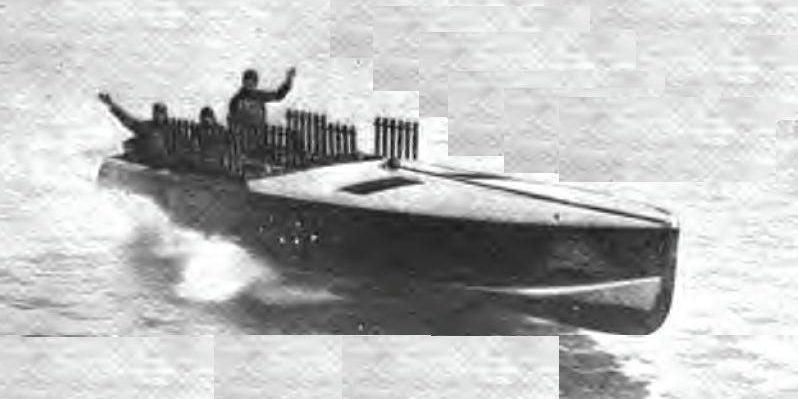
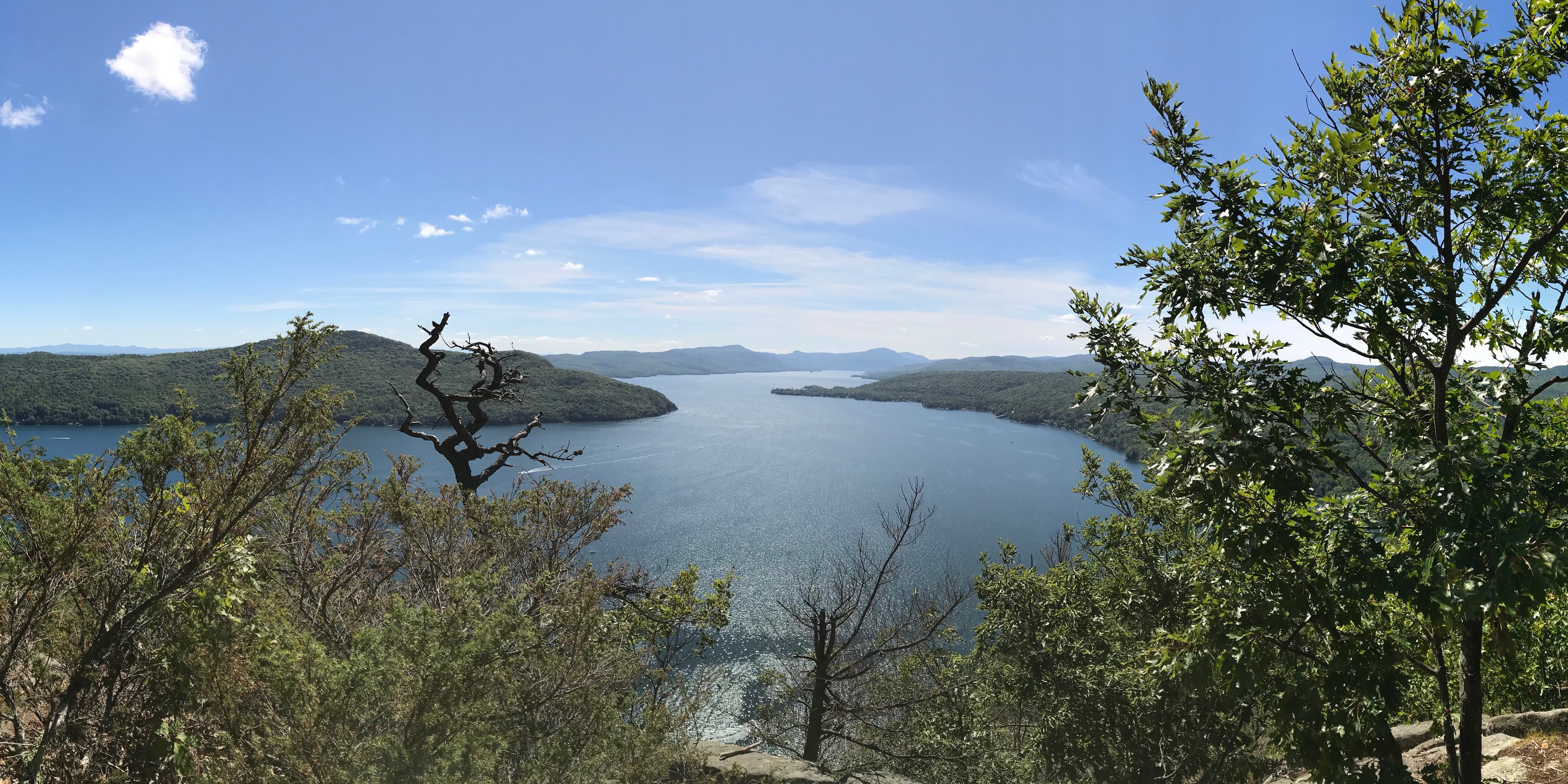

In July 1903—most likely on the 12th—history was made on the waters off Cork Harbour, Ireland. Aboard a 40-foot steel-hulled Napier speedboat, trailblazer Dorothy Levitt stunned onlookers as she raced to victory in the inaugural British International Harmsworth Trophy, defeating the French entry Trèfle-à-Quatre.
The race was officiated by the Automobile Club of Great Britain and Ireland in partnership with the Royal Victoria Yacht Club and hosted by the Royal Cork Yacht Club. Levitt’s vessel, fitted with a 75-horsepower Napier engine and a 3-blade propeller, surged across the finish line at an astonishing 19.3 mph (31.1 km/h)—setting the very first official water speed record.
Though the boat was entered under the name of Selwyn Edge, its owner, and bears the name "S. F. Edge" on the trophy, it was Levitt at the helm. Some reports also suggest that Campbell Muir, the third crew member, may have taken a turn at the controls. Regardless, Levitt's role was historic. The Cork Constitution, reporting the event on 03 July, captured the excitement: “A large number of spectators viewed the first mile from the promenade of the Yacht Club, and at Cork several thousand people collected at both sides of the river to see the finishes.”
Levitt wasn’t done. Just weeks later, on 8 August 1903, she piloted the Napier to victory at Cowes. Her triumph caught royal attention—King Edward VII summoned her aboard the Royal Yacht Albert & Victoria, praising her courage and command. The pair even discussed the boat’s capabilities for use in British government despatch missions.
Levitt's legacy lives on as one of the earliest female pioneers in motorsport and marine engineering—steering both machine and history into a new era of speed.


THE 1930s - MISS BRITAIN III
The 1930s marked a golden era for power boating, where speed and style collided on open water in a race for technological supremacy. At the heart of this era was Miss Britain III, a sleek, revolutionary speedboat designed and built by British engineer Hubert Scott-Paine.
Crafted from lightweight aluminium and powered by a Rolls-Royce 'R' engine—the same used in the legendary Schneider Trophy-winning aircraft—Miss Britain III was a marvel of marine engineering.
In 1933, she nearly stole the Harmsworth Trophy from the Americans, clocking speeds over 100 mph and becoming the first single-engined boat to do so.
Though she ultimately placed second, the boat symbolised British ingenuity and daring during a time when power boating captivated the public imagination. Her legacy lives on as a pinnacle of 1930s design and ambition—an icon of streamlined performance and national pride.
On 16 November 1933, Hubert Scott-Paine and Gordon Thomas made a daring record-breaking attempt on Southampton Water, with Miss Britain III becoming the first single-engined boat to surpass 100 mph (161 km/h)—a landmark moment in marine history.
The following year, the sleek silver vessel was taken to Venice, where Scott-Paine continued to dominate, winning both the Prince of Piedmont's Cup and the prestigious Count Volpi Trophy, cementing Miss Britain III's place as a legend of international powerboat racing.
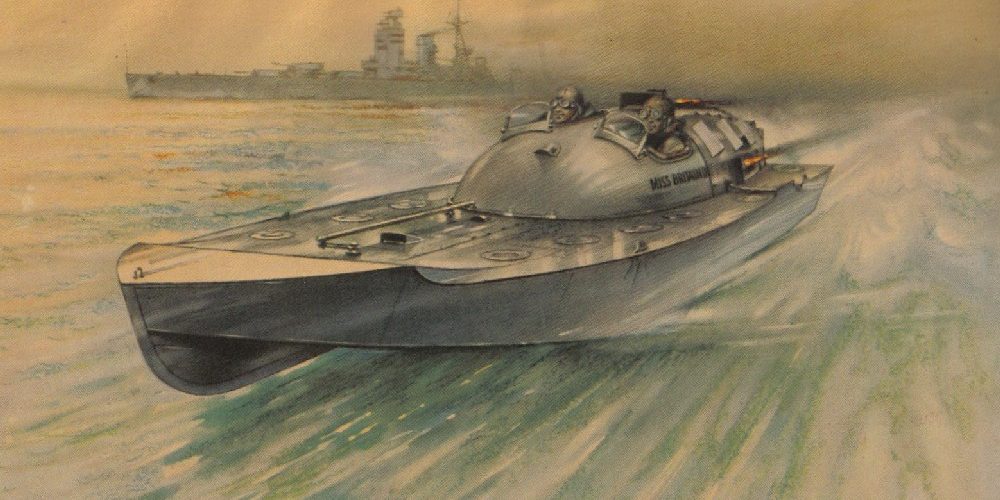
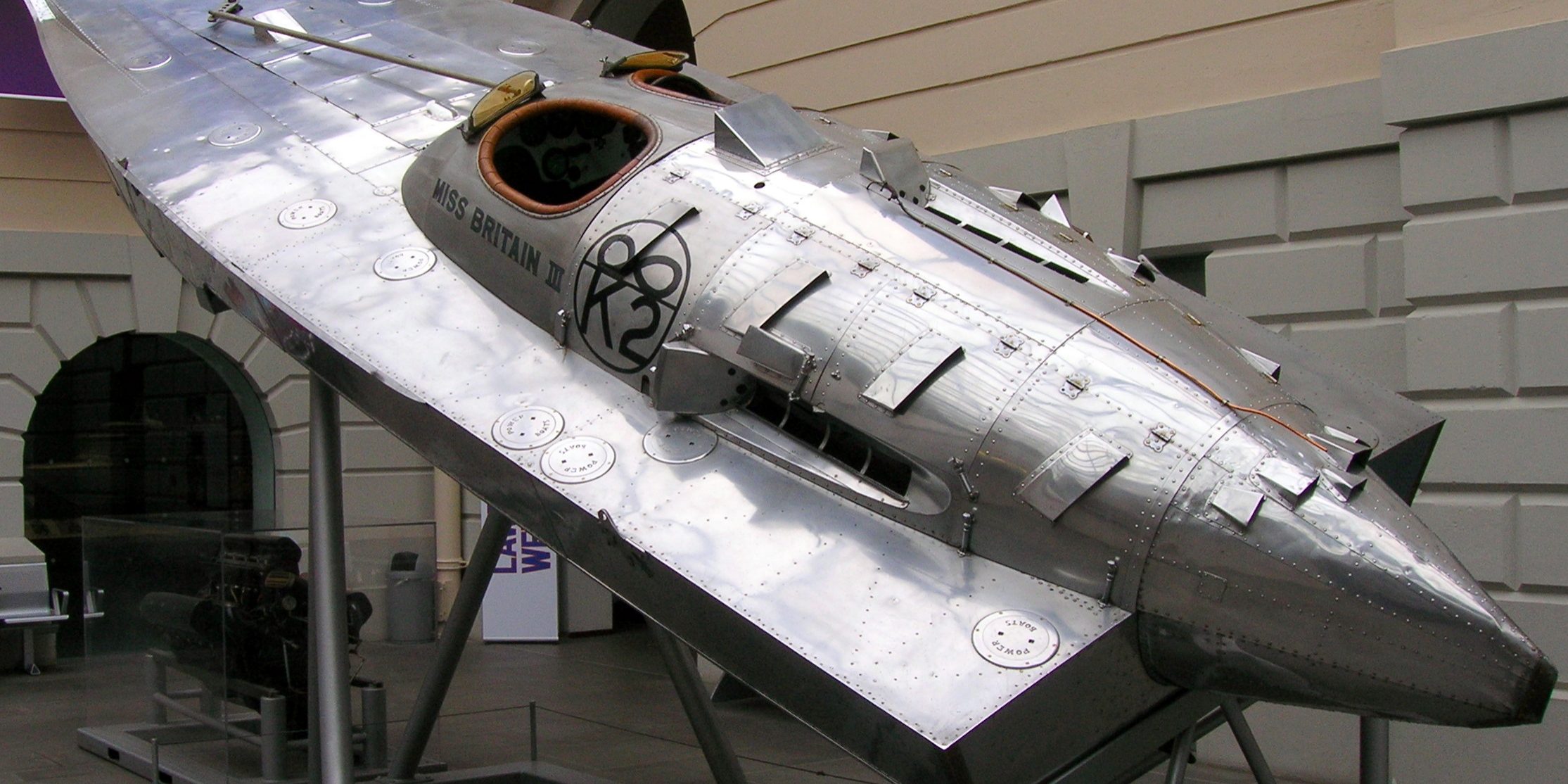
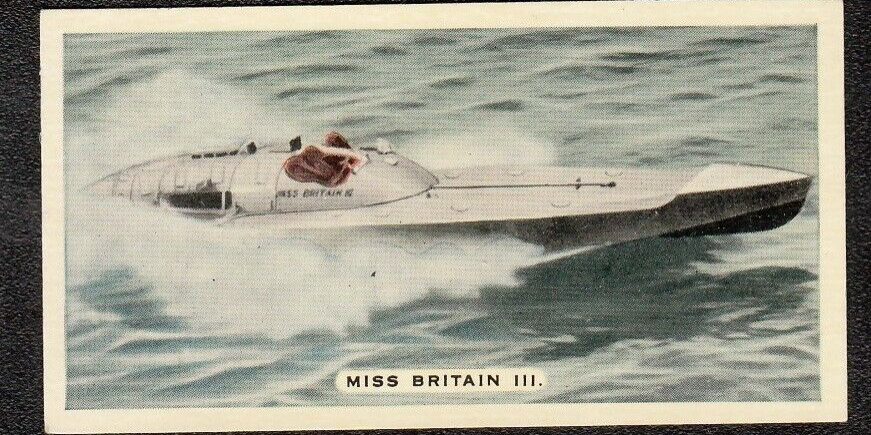

THE GOLDEN ERA 1970s - 1990s
Between the 1970s and 1990s, power boating entered what many consider its golden era—a thrilling period defined by fierce international rivalry, technological innovation, and larger-than-life personalities.
Advances in engine performance, hull design, and composite materials pushed boats to exhilarating new speeds, often exceeding 150 mph.
Offshore racing events like the Cowes–Torquay and the Miami–Nassau became global spectacles, attracting major sponsors and elite racers. British icons such as Tom Gentry and Fabio Buzzi went head-to-head with American teams, transforming races into dramatic, high-stakes duels across unforgiving seas. It was a time when boats thundered through salt spray with brute power and elegance, and when courage, engineering, and endurance were tested to the limit.
Media coverage and television brought the sport to new audiences, making heroes of the racers and legends of the machines they piloted, an episode of Miami Vice with Don Johnson featured power boating.
It was adventure, danger, and speed—distilled.

NEIL JACKSON - HIS STORY
After serving in the military, Neil was ready for a new chapter—one that offered challenge, excitement, and a sense of adventure.
Julie and I first dipped our toes into the world of powerboat racing in the early 1990s—not as competitors, but as volunteers. We joined local boating clubs as part of their safety and rescue teams, doing our bit behind the scenes.
It wasn’t glamorous, but it was essential work, and it gave us front-row seats to a world that would soon draw me in completely. For over a decade, we dedicated ourselves to this role. And somewhere along the way, I was offered a chance to ride in a race boat at a club event. That short blast across the water changed everything.
It awakened something in me—a craving not just to be part of the sport, but to race. Properly. At championship level. I discovered, almost by accident, that I had a natural feel for speed over water. What most people don’t realise is that powerboat racing is the only motor sport where the track is alive. The sea is never still—no two laps are the same. There are no fixed lines, no repeatable corners. It’s a battle not just against competitors, but against the ocean itself.
As I became more competitive, the next step was clear. If I wanted a place on the podium, I needed faster, more reliable kit—boats, engines, the lot. That came at a price. But results don’t come from money alone. Time, training, and relentless preparation were what made the difference.
Over the years, I developed as both a driver and a navigator, though I always favoured being an owner-driver. As a navigator, I shared in some proud moments—winning the British Championship in 2008, placing second in 2009, and setting a World Speed Record on Lake Coniston in 2018, a record that still holds today.
But it was behind the wheel, as owner-driver, that the real magic happened. We took Club Championships in 2010 and 2011, followed by back-to-back British National Championship titles in 2012 and 2013. We broke multiple British speed and endurance records across Lake Windermere and Coniston.
Eventually, the journey took us beyond Britain. We competed internationally—in Denmark, in Florida, and at the World Championships in India in 2017. Mechanical gremlins plagued us on occasion, but there were still podiums, proud moments, and a sense of having truly raced with the best on a world stage.
Looking back, it wasn’t just about the speed or the silverware. It was about the challenge—the sea, the team, the machine—and the unshakable belief that with enough grit, anyone can carve a path through even the roughest waters.

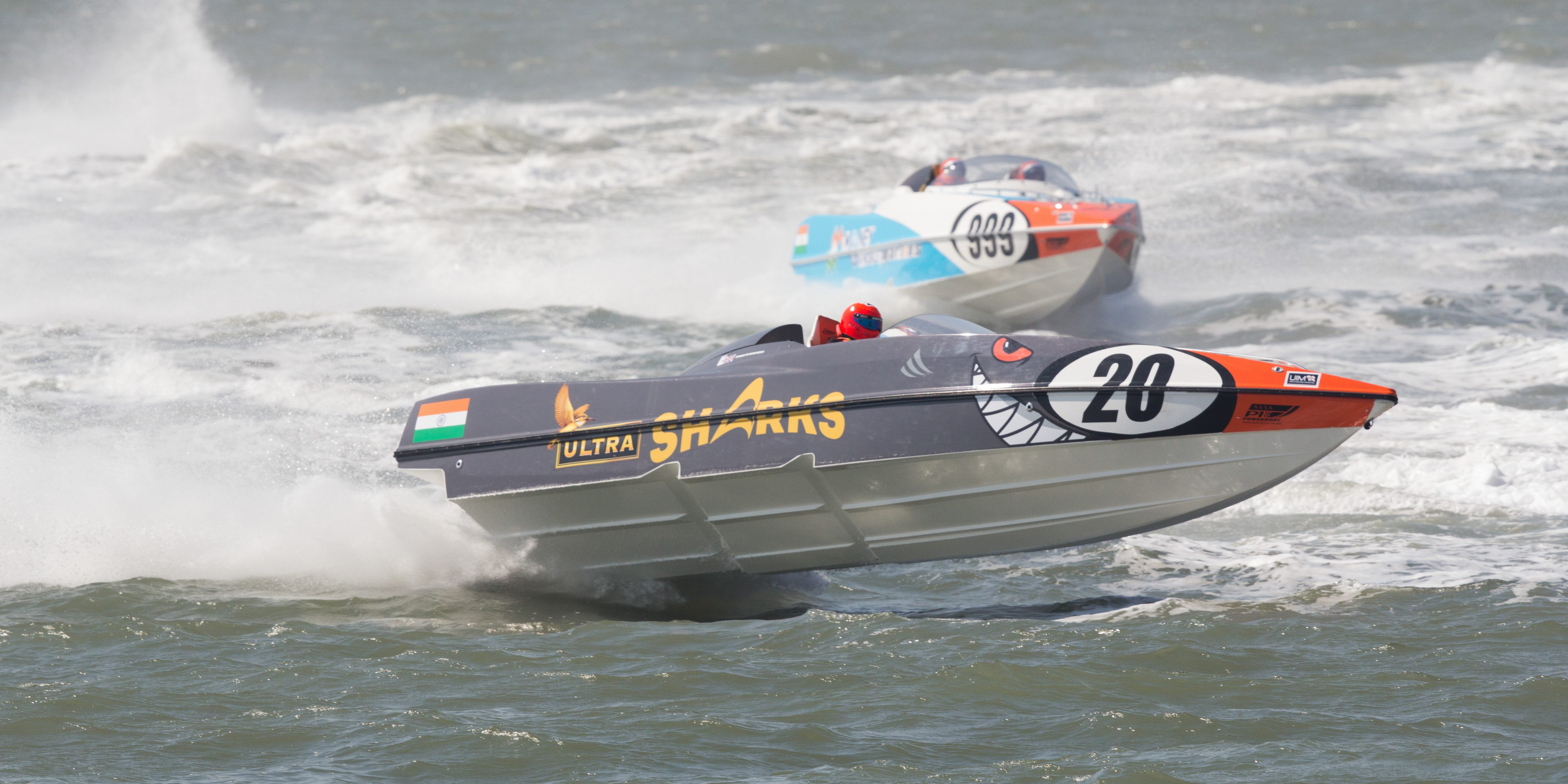

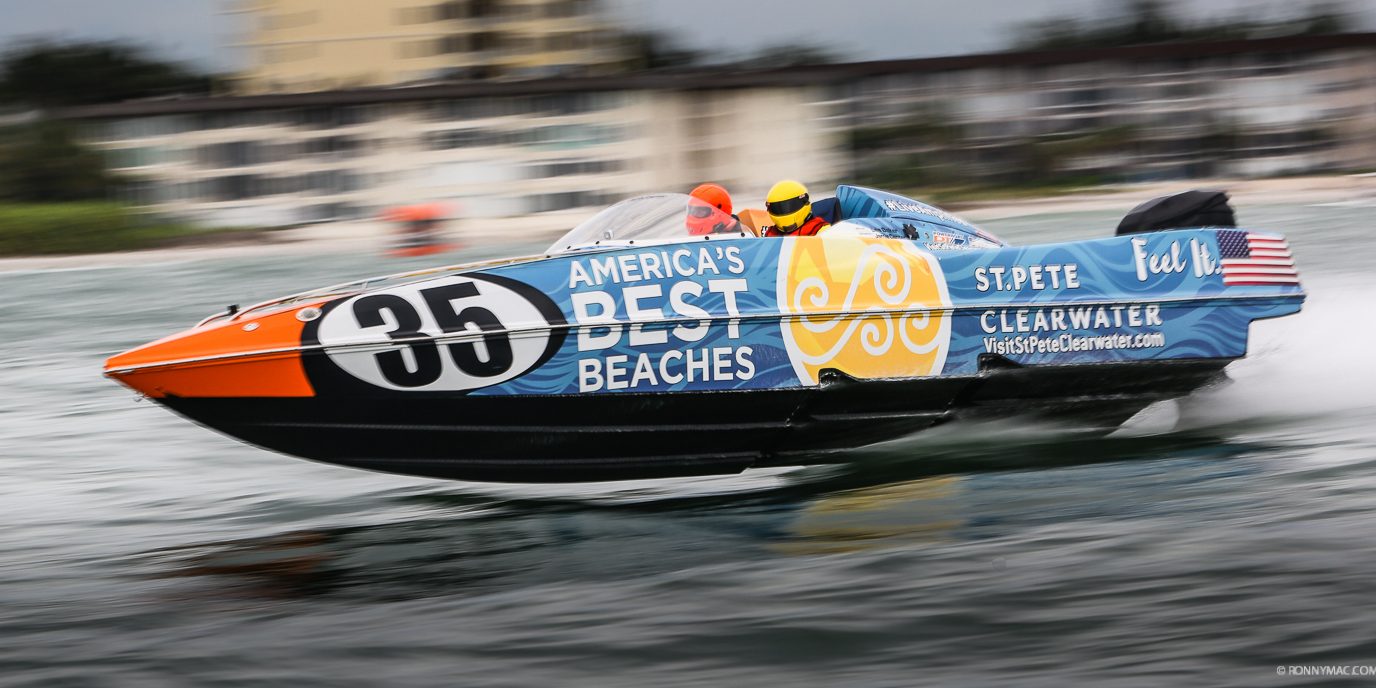

FINAL WORDS
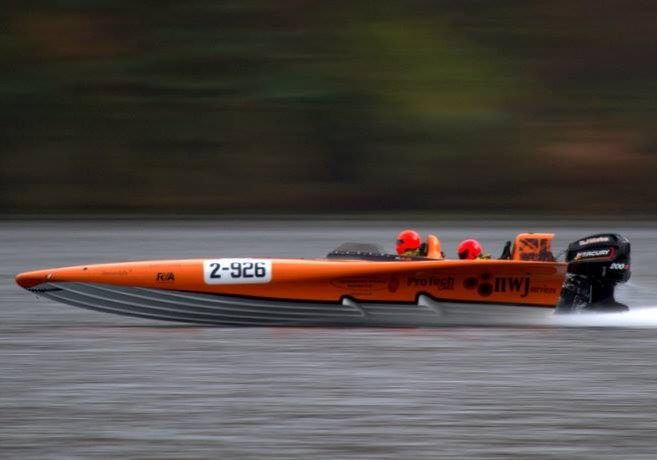
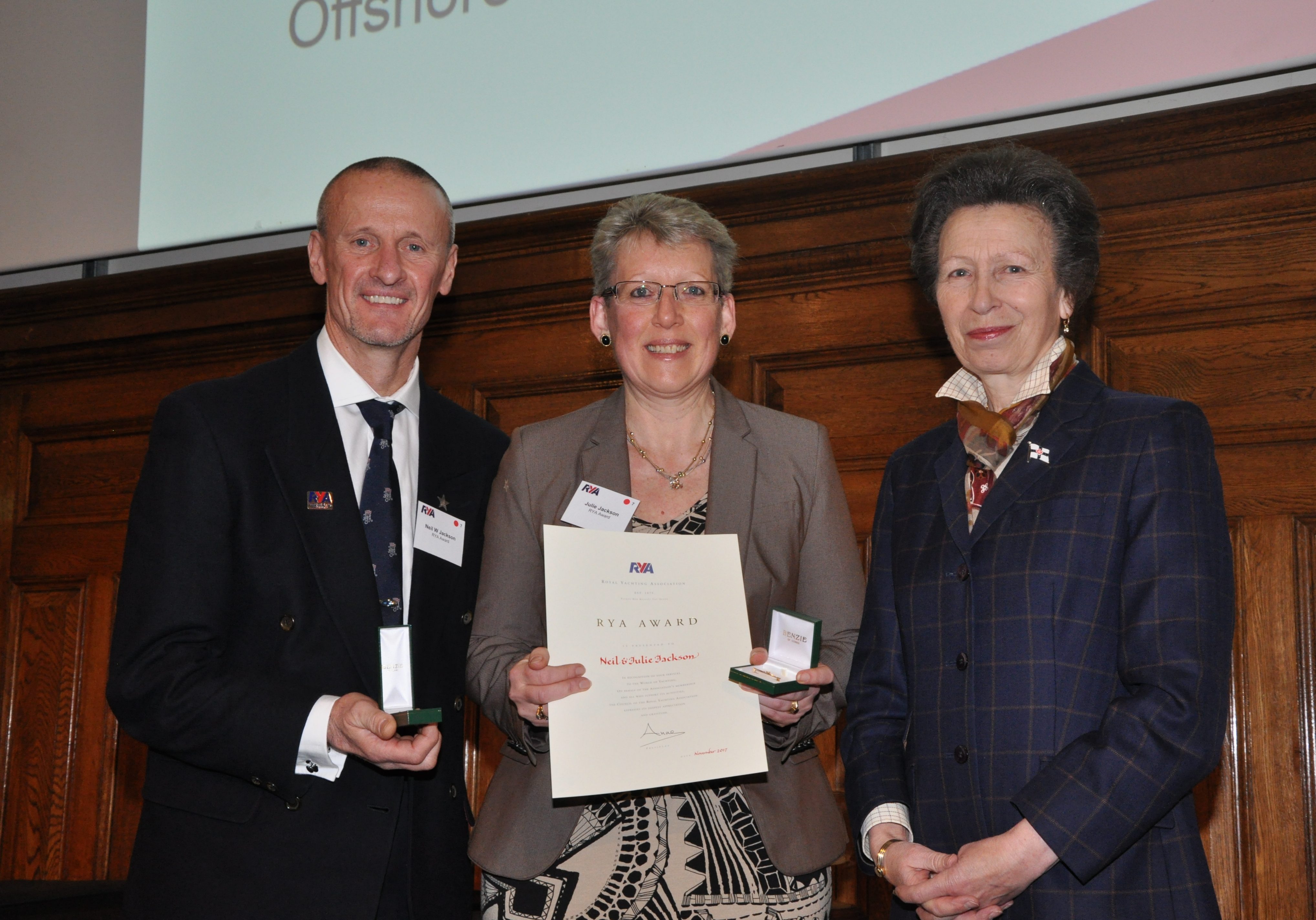
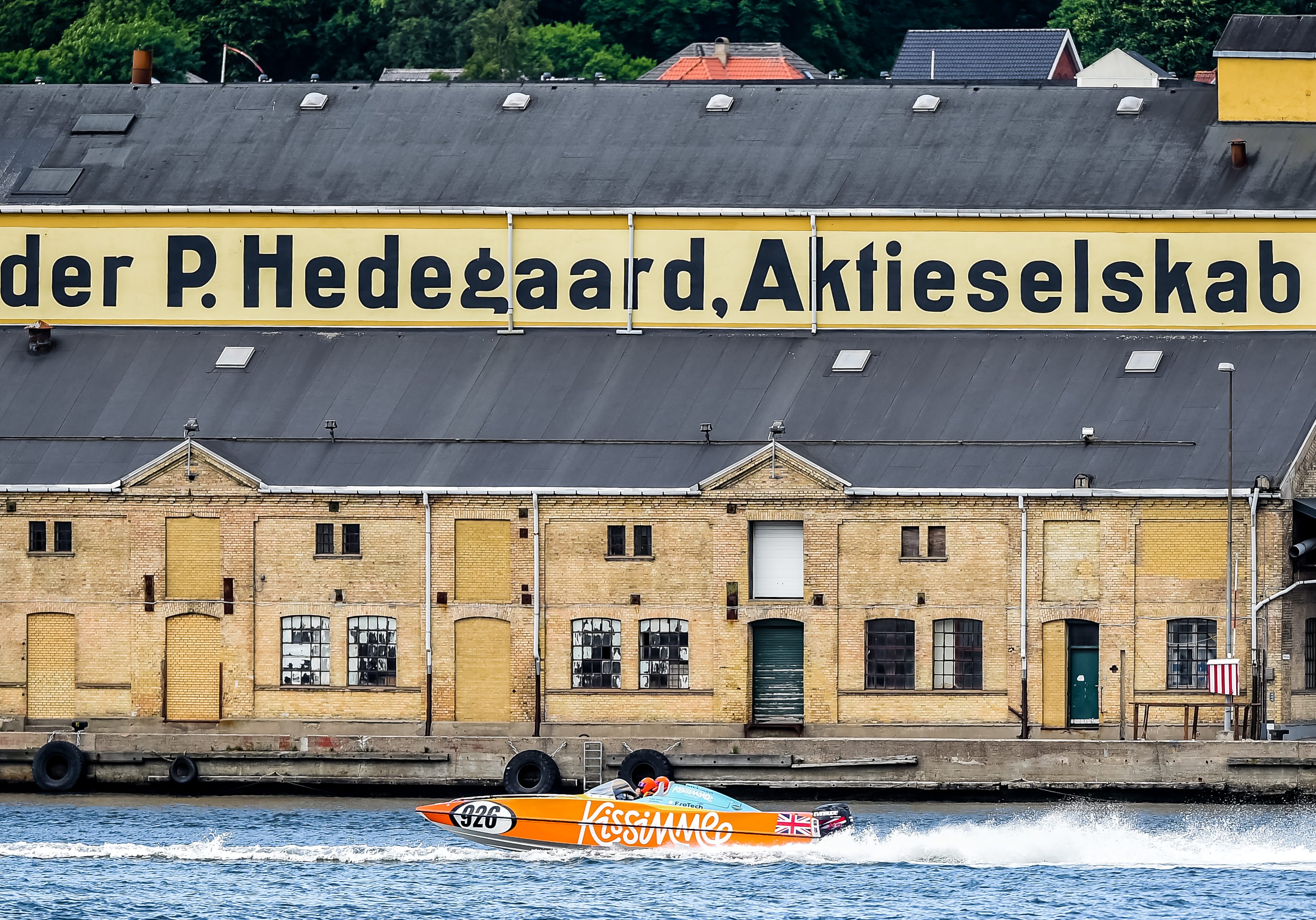
Neil and his wife shared a deep passion for power boating, dedicating years to a sport they both loved and lived.
Yet, over time, the roar of engines and the thrill of offshore racing began to fade. Power boating has seen a steady decline in recent decades, driven by rising operational costs, tightening environmental regulations, and a shift in public interest. Once a glamorous, adrenaline-fuelled spectacle that attracted headlines, celebrity racers, and royal attention, the sport was gradually pushed to the margins. Skyrocketing fuel prices, shrinking sponsorships, and growing concerns over noise and marine conservation led to fewer races and stricter restrictions. The tragic death of one of its icons, Fabio Buzzi—who struck an artificial reef just after setting a new Monte Carlo to Venice record—underscored both the danger and fading limelight of the sport.
Fragmented governance and dwindling media coverage further eroded its appeal, making it difficult to engage new fans in an era dominated by fast-paced, digitally driven sports. As tastes evolved and adventure-seekers gravitated toward more accessible and eco-conscious pursuits, power boating struggled to keep pace. In its place, new maritime sports began to rise—among them, superyacht racing and the high-tech spectacle of SailGP—offering innovation, sustainability, and global reach. Though power boating may no longer command centre stage, it leaves behind a legacy forged in saltwater, speed, and fearless ambition.

POWER BOATING & RECORDS




